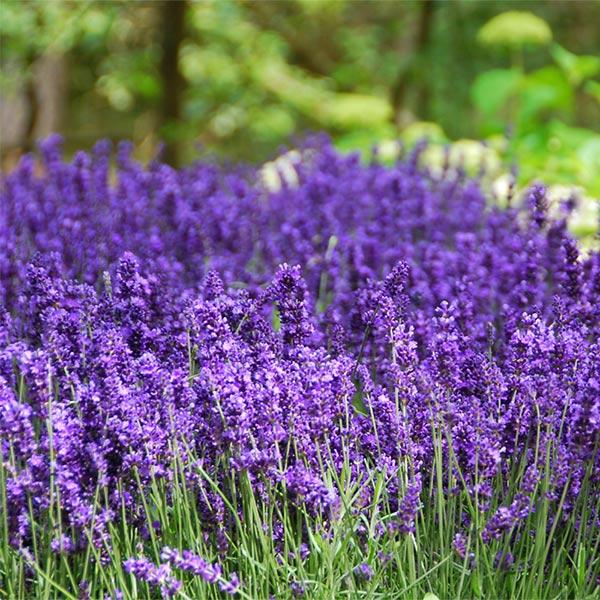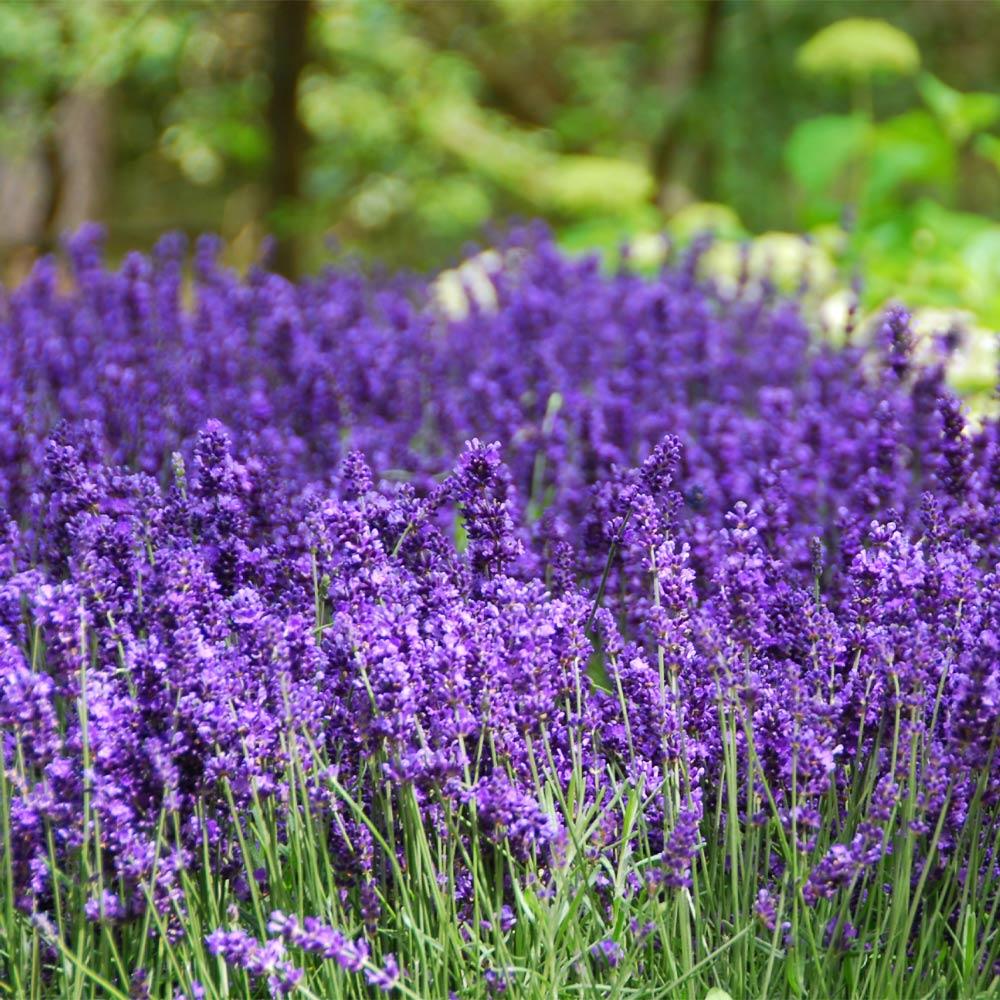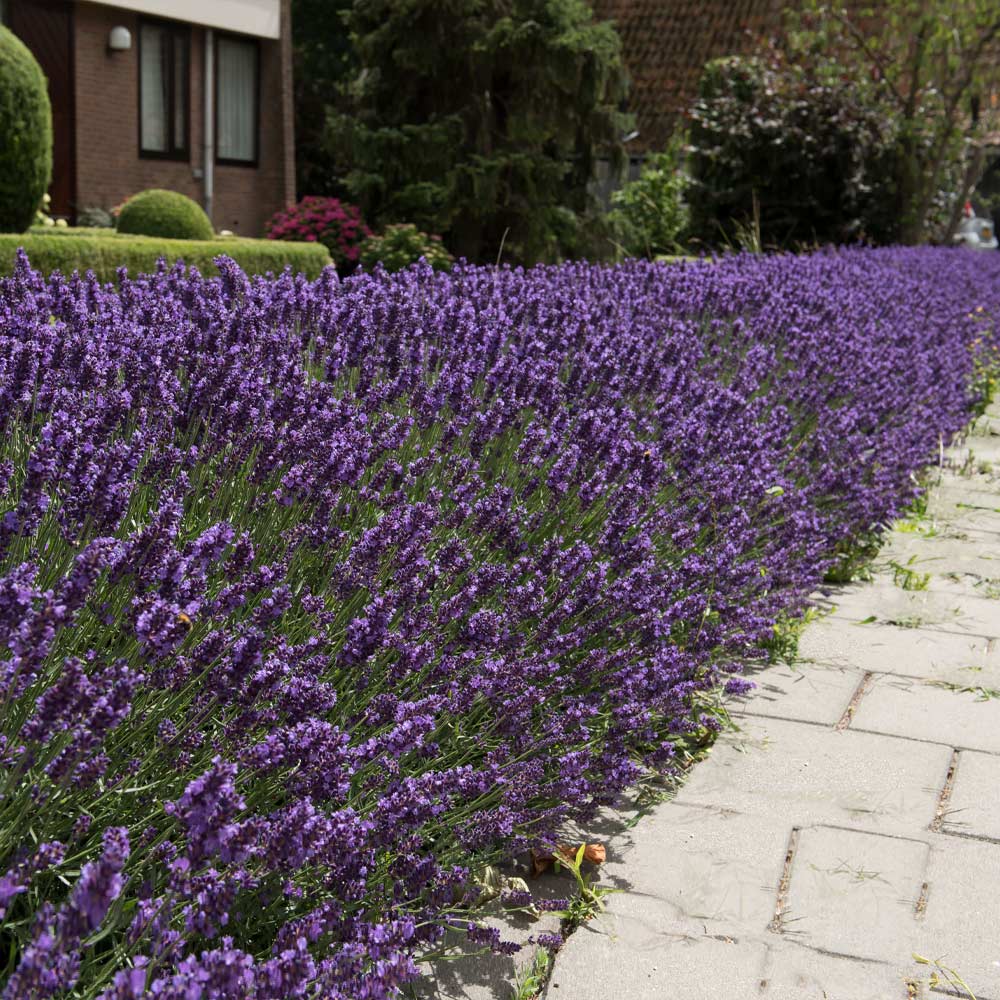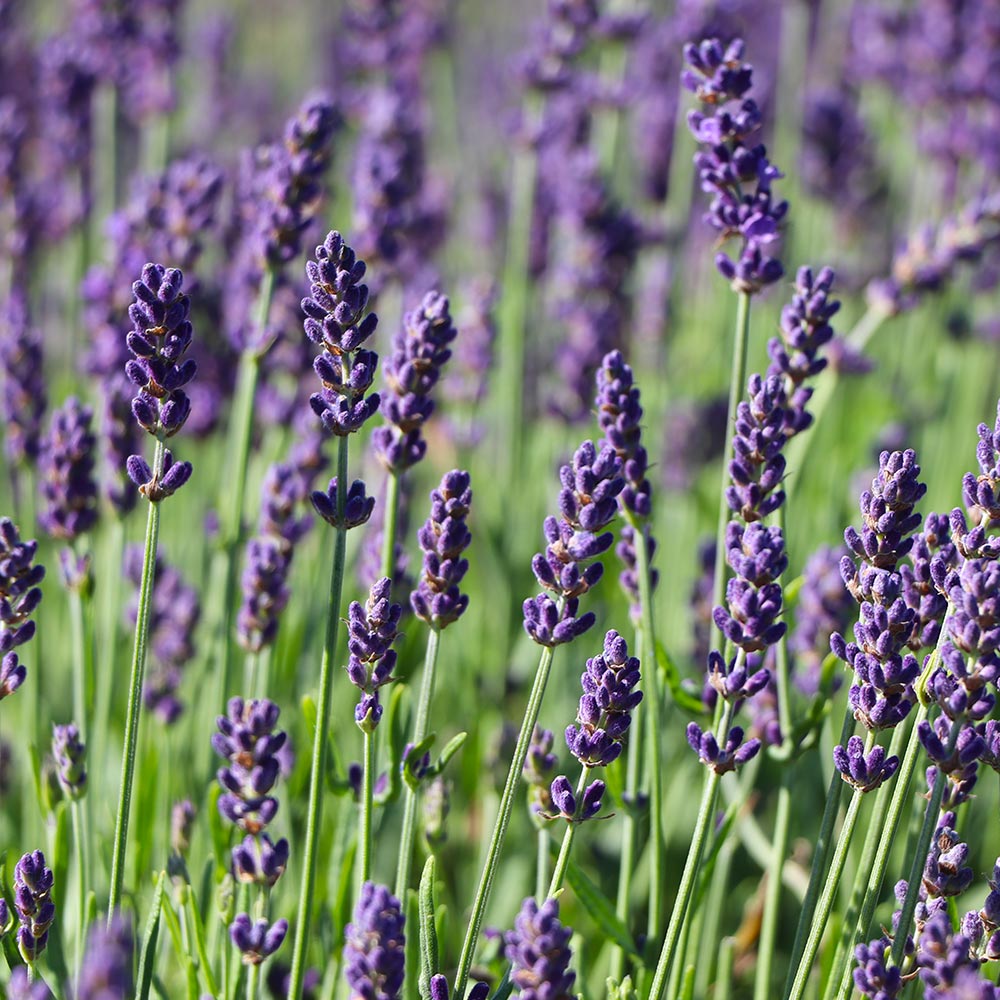Unmatched Fragrance for Your Garden
Why Hidcote Purple Lavender Plants?
Sweet fragrance meets brilliant color, merging to set the Hidcote Lavender Plant apart.
It grows in a compact habit with an abundance of vibrant flowers. So, from containers on your porch or patio to decor indoors, the Lavender's purple blooms and ideal size make it perfect for planting almost anywhere.
Guests and neighbors will be delighted by the scent. And through it all, the Hidcote stands up to heat, humidity, drought, and cold. It thrives in full sun that causes similar varieties to die back and keeps on blooming, bringing in pollinators but repelling pesky pests like mosquitoes.
Why Fast-Growing-Trees.com is Better
Good luck finding a healthy Hidcote Lavender Plant at your local garden center.
Unlike most chain nurseries and big-box retailers, we’ve planted, grown, and shipped your Hidcote with meticulous care. Now, you reap the rewards, with a gorgeous, effortlessly-growing plant that bursts with color quickly.
Don't wait...the Hidcote is a popular item that sells out quickly. We recommend getting yours today before it's gone!
Planting & Care
1. Planting: Lavender will perform best if planted in a full sun location (6 to 8 hours of sun) with well-draining soil.
Dig a hole large enough to accommodate the Lavender's root ball, loosen the soil, and place the plant. Backfill the hole, lightly tamping the soil, to prevent air pockets from forming.
If you're container-planting, select a pot that's about two sizes larger than your shipped container. Use sandy potting mix, place your plant, and fill with the soil mix, leaving a couple of inches at the top. Give the potted plant a good drink of water and place it in front of a south-facing window or on a sunny patio spot.
2. Watering: Once your Hidcote is established, it's generally drought tolerant but does like moist soil. If you're not sure when to water, use your index finger. Stick it into the soil and if it feels dry, add just enough water to moisten the area.
3. Fertilizing: A weekly feeding with liquid fertilizer will improve the flower color as well as encourage prolific flowering.
4. Pruning: Prune after the coldest part of winter has passed. Proper pruning will include removing dead or damaged areas and any desired shaping.







Comment